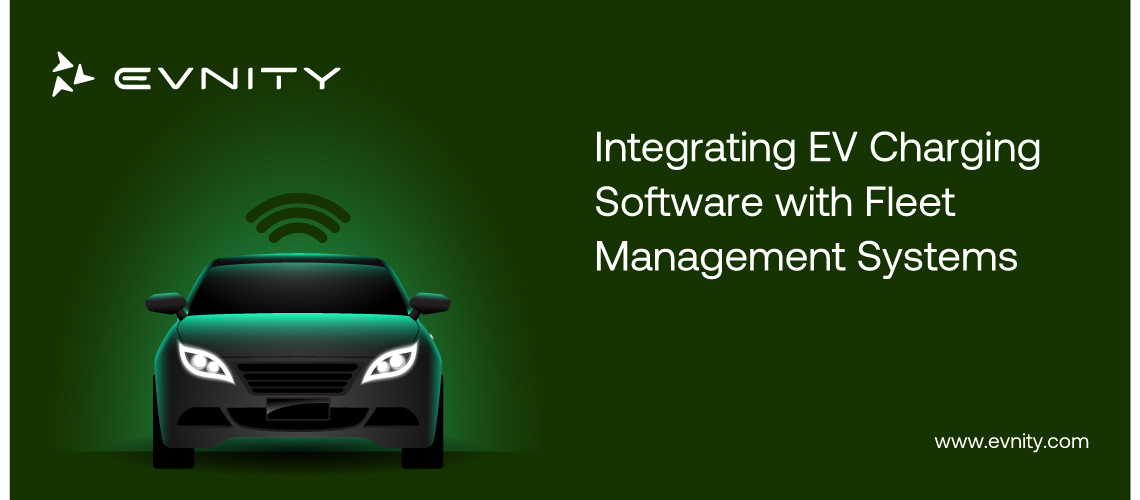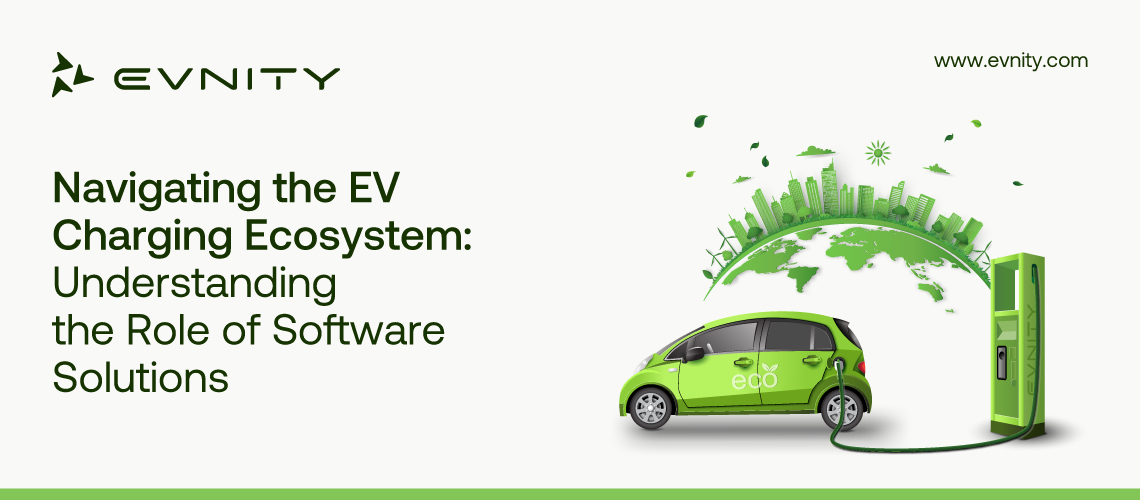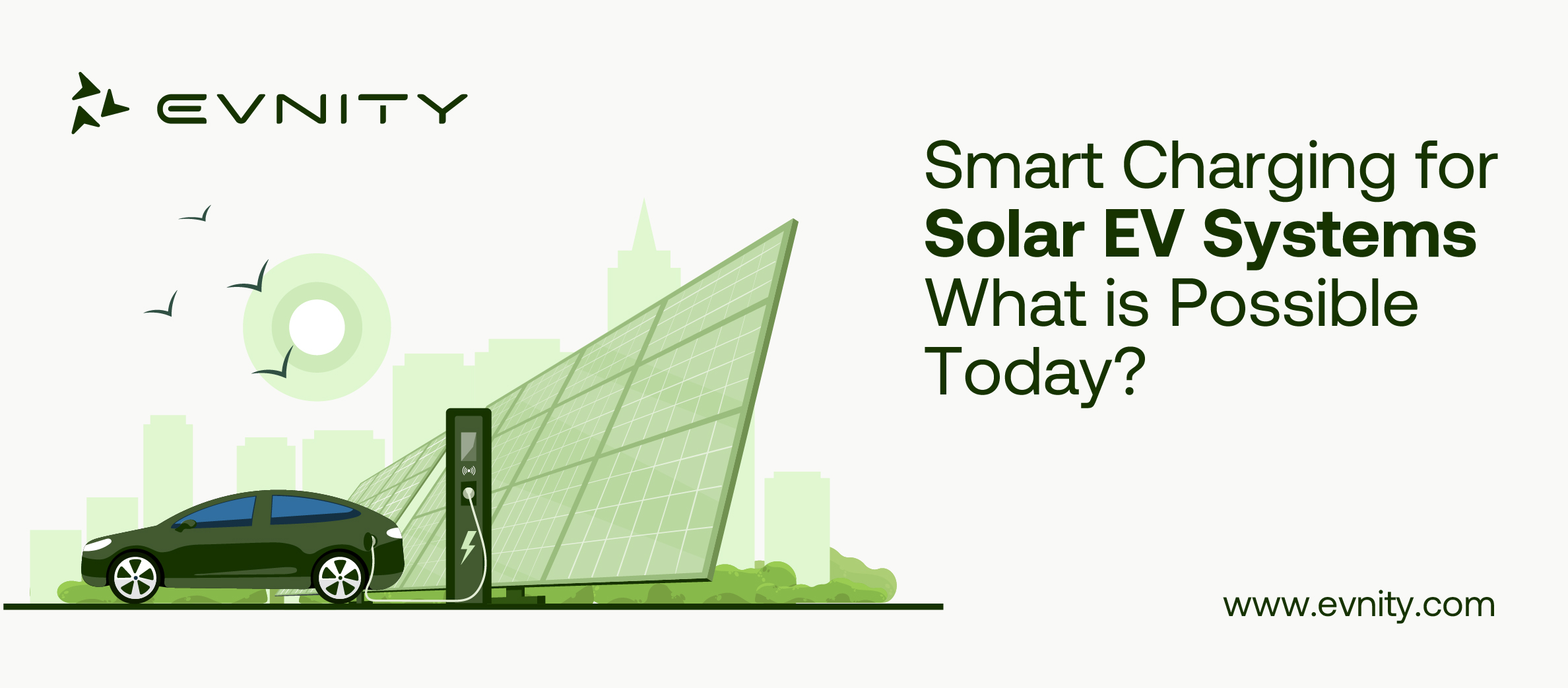Electric Vehicles have brought a significant transformation in the automobile industry. This cost-effective, energy-efficient, and eco-friendly mode of transportation is proven to be a cleaner alternative to those fuel-based cars. The increasing demand for electric vehicles requires an efficient and smart EV charging management platform. That’s where data analytics comes into the picture. In this post, we’ll discuss the role of data analytics in optimizing your EV charging infrastructure and making your space EV-ready.
How Data Analytics Help Improve EV Charging Infrastructure
Data analytics refers to the collection, analysis, and interpretation of data. When used in the EV charging context, it helps in the following ways:
Identifying the Best Charging Locations
The biggest challenge a contractor faces when deploying an EV charging plan is finding the perfect location for EV charging stations. Data analytics help you identify the most suitable locations for EV charging based on factors like any existing charging station in the surroundings, travel patterns in the area, number of EV owners, and more.
Manage Peak Demands
Ev charging infrastructure should include an adequate number of charging points so that customers do not have to wait for a long period to get their vehicles charged. That’s especially important during peak demand hours. Data analytics study the charging patterns of customers, their EV model types, charging duration, and other factors. Using this data, they plan an EV charging infrastructure that can accommodate peak demand effectively.
Fleet Management
An EV charger software comes in handy for EV drivers. They can use the technology to locate the nearest charging station and their vehicle’s battery status. Using this data analysis, they can choose the most suitable route and reduce their operational costs.
Connection Between Data Analytics and Renewable Energy Optimization
The main purpose of data analytics is to help professionals forecast the amount of renewable energy generation using real-time and historical data. Data analytics ensure the financial stability of renewable energy projects. It makes the incorporation of solar panels into the existing electrical system a breeze.
Using Renewable Energy Sources for EV Charging
Renewable energy involves smart charging systems that use natural resources to power your electrical appliances and automobiles. Just like the increasing demand for electric vehicles, we’ve seen a shift in the energy production industry.
Businesses and individuals are relying more on renewable sources, such as solar and wind, to produce clean and cost-efficient energy. These two sustainable trends can be combined to make the environment cleaner and more energy efficient. The use of solar panels, for instance, can help power your EV charging stations, which in turn charges your electric vehicles without causing a drastic increase in your electricity bills.
Driving into the Future: How Data Analytics is Shaping Renewable Energy
To make the incorporation of renewable energy into your existing EV charging system easier, data analytics can help. Here’s how:
- Data analytics help manage load effectively. It uses renewable energy only when it’s needed and when there’s plenty of it stored on the grid.
- It studies data patterns, like the demand for EV charging in different locations. This ensures the installation of the EV station in locations that receive high demand and can access renewable energy for efficient charging.
- Data analytics help in predictive maintenance of your renewable EV charging stations, i.e. identifying the issues before they occur.
- By studying the charging patterns, user behavior, EV owners, and weather forecasts, data analytics enable renewable energy providers to allocate their resources efficiently.
As we are adapting to green and clean energy sources, the role of data analytics in integrating renewable energy into the EV charging infrastructure can’t be underestimated.


